Home>diy>Building & Construction>What Is Sitework In Construction
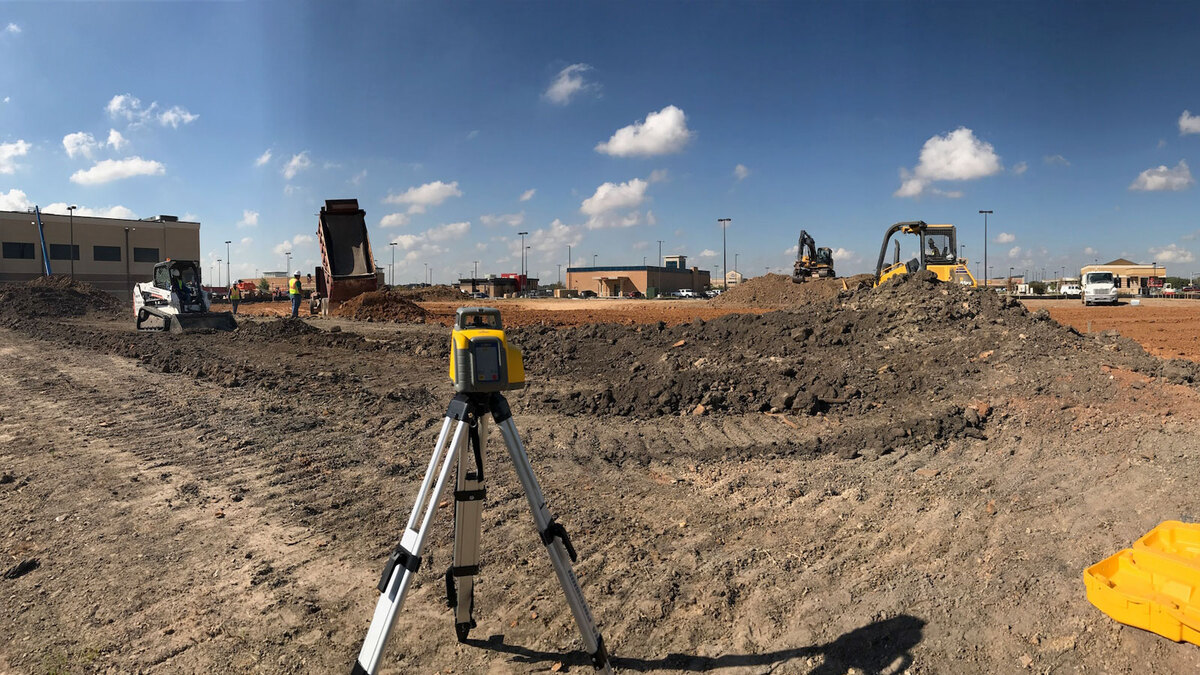

Building & Construction
What Is Sitework In Construction
Modified: January 4, 2024
"Learn what sitework is in building construction and how it plays a crucial role in the early stages of a construction project."
(Many of the links in this article redirect to a specific reviewed product. Your purchase of these products through affiliate links helps to generate commission for Storables.com, at no extra cost. Learn more)
Introduction
Welcome to the world of construction, where buildings rise from the ground and shape the skyline. Behind every towering structure lies a complex process of planning, designing, and execution. Among the many crucial phases of construction, sitework holds significant importance. In this article, we will explore what sitework is, its components, and why it is an essential aspect of any construction project.
Sitework, also known as site development, refers to all the activities and processes carried out to prepare a construction site before the actual building construction begins. It involves various tasks that transform a raw piece of land into a suitable foundation for the planned structure. From site preparation to landscaping, sitework encompasses a range of activities that lay the groundwork for a successful construction project.
Now, you might be wondering why sitework is so crucial in the construction process. Well, sitework forms the foundation of the entire project, ensuring that the site is ready and capable of supporting the intended structure. It sets the stage for all subsequent construction activities and plays a vital role in the overall success and safety of the project.
Let’s delve deeper into the components of sitework to get a better understanding of the various tasks involved.
Key Takeaways:
- Sitework is the essential groundwork for any construction project, encompassing site preparation, utility installation, drainage management, and landscaping. It sets the stage for a successful and visually appealing building construction.
- Proper sitework ensures a stable foundation, functional utilities, effective stormwater management, and aesthetically pleasing outdoor spaces. It is the crucial first step in creating a safe, sustainable, and visually appealing construction site.
Read more: What Is Construction
Definition of Sitework
Sitework, in the context of construction, refers to the extensive preparation and development of a construction site before the commencement of building construction. It involves a range of activities, tasks, and processes aimed at transforming a raw piece of land into a suitable foundation for the intended structure.
When it comes to sitework, no two construction sites are the same. The scope and nature of the sitework may vary depending on factors such as the size of the project, the type of construction, and the site’s specific conditions. However, regardless of these variations, the primary goal of sitework remains the same: to provide a solid and well-prepared site for the construction activities to take place.
Sitework encompasses everything from site preparation and grading to excavation, utility installation, drainage management, and landscaping. It is a complex and multi-faceted process that requires careful planning, coordination, and expertise. The success of the sitework lays the foundation for the rest of the project and significantly impacts the overall timeline, budget, and quality of the construction.
It is important to note that sitework is not limited to the physical aspects of the site. It also includes obtaining necessary permits and approvals, conducting site surveys, and complying with environmental regulations and zoning requirements. These additional considerations ensure that the sitework is not only structurally sound but also complies with legal and regulatory standards.
Overall, sitework is an essential phase of any construction project. It involves meticulous planning, skilled execution, and attention to detail. By carefully preparing and developing the construction site, sitework sets the stage for a smooth and successful construction process.
Importance of Sitework in Construction
Sitework plays a crucial role in the overall success of a construction project. It serves as the foundation upon which the entire project is built, both literally and metaphorically. Let’s explore why sitework is of paramount importance in construction:
- Site Preparation: Sitework prepares the construction site by clearing away any existing structures, debris, or vegetation. This ensures a clean and safe environment for the construction process to begin. Proper site preparation also allows for accurate measurements and clear boundaries, facilitating efficient construction.
- Foundation Stability: Sitework involves grading, leveling, and compacting the soil to create a stable foundation for the building structure. This ensures that the structure will be able to withstand the test of time and natural forces. A solid foundation is essential for the safety, durability, and longevity of the construction project.
- Utility Installation: Sitework includes installing necessary utilities such as water, electricity, sewer lines, and drainage systems. Proper utility installation is essential for the functionality and livability of the building. It ensures that the structure has access to vital resources and complies with building codes and regulations.
- Drainage and Stormwater Management: Sitework incorporates proper grading and drainage solutions to prevent water accumulation or flooding on the construction site. It includes the installation of stormwater management systems, such as drainage pipes, catch basins, and retention ponds. Effective stormwater management prevents water-related damage, protects the structure, and maintains environmental sustainability.
- Accessibility and Safety: Sitework includes the construction of access roads, sidewalks, ramps, and parking areas to provide safe and convenient entry to the building. It also involves implementing proper measures for erosion control and site safety. Well-designed and accessible sitework ensures that the building is easily accessible to occupants and meets safety standards.
- Landscaping and Hardscaping: Sitework extends beyond the construction of the building itself. It encompasses the development of surrounding landscapes, including planting trees, shrubs, and other vegetation. Hardscaping elements such as walkways, patios, and retaining walls are also part of the sitework. These features enhance the aesthetic appeal, functionality, and value of the entire property.
In summary, sitework is a critical phase in the construction process. It sets the stage for the entire project, ensuring a stable foundation, proper utility installations, effective stormwater management, accessibility, and aesthetic appeal. By investing time, effort, and expertise into sitework, construction projects can proceed smoothly, with minimized risks and optimal results.
Components of Sitework
Sitework encompasses various components, each playing a crucial role in preparing a construction site for the building construction. Let’s explore the key components of sitework:
- Site Preparation: This component involves clearing the site of any existing structures, vegetation, or debris. It may include demolition, excavation, and the removal of obstacles to create a clean and ready-to-use construction site.
- Grading and Excavation: Grading and excavation refer to the process of shaping and leveling the land to create an even surface. This component ensures proper water drainage and a stable foundation for the construction project. It involves removing excess soil and filling or leveling the site as needed.
- Utility Installation: Utility installation involves the installation of necessary infrastructure, such as water supply lines, electrical systems, sewage lines, and telecommunications networks. Ensuring proper utility connections at the site is essential for the functionality of the building and compliance with regulatory standards.
- Drainage and Stormwater Management: Proper drainage is essential to prevent water accumulation on the construction site. This component includes the installation of drainage systems, such as pipes, culverts, and catch basins, to channel water away from the site. It also involves the implementation of stormwater management techniques to mitigate the impact of heavy rainstorms and prevent flooding.
- Landscaping and Hardscaping: Landscaping and hardscaping components give the construction site a visually appealing and functional touch. Landscaping may involve planting trees, shrubs, and grass, as well as creating gardens or green spaces. Hardscaping includes the construction of pathways, parking areas, fences, and retaining walls to enhance accessibility and aesthetics.
- Environmental Considerations: Sitework also includes addressing environmental considerations such as erosion control, site restoration, and protection of natural habitats. These components ensure that the construction project minimizes its impact on the surrounding environment and complies with environmental regulations.
These components work together to create a well-prepared construction site that is ready for the actual building construction. Each component requires specific expertise and careful planning to ensure the smooth execution and successful completion of the sitework phase.
By focusing on all the components of sitework, construction projects can lay a solid foundation and create a functional and aesthetically pleasing environment for the building construction to take place.
Site Preparation
Site preparation is a fundamental component of sitework in construction. It involves clearing and preparing the construction site before any building construction begins. Proper site preparation ensures that the site is ready for subsequent construction activities and creates a safe and efficient working environment. Let’s dive deeper into the various aspects of site preparation:
Clearing the Site: The first step in site preparation is to clear the site of any existing structures, vegetation, or debris. This may involve the demolition of existing buildings, removal of trees and vegetation, and clearing away any debris or obstacles that may hinder the construction process. Clearing the site allows for a clean slate and provides a blank canvas for the construction project.
Obtaining Permits and Approvals: Before proceeding with site preparation, it is essential to obtain the necessary permits and approvals from the relevant authorities. This may include permits for demolition, land clearing, and other site preparation activities. Compliance with local regulations and obtaining the necessary permits ensures that the construction project is carried out legally and meets the required standards.
Site Survey: A site survey is conducted to gather information about the site’s characteristics, topography, and boundaries. This survey helps in determining the precise location for the construction project and provides valuable data for subsequent sitework activities. The information gathered from a site survey aids in planning and executing the site preparation phase effectively.
Establishing Site Boundaries: Once the site is cleared, it is important to establish clear boundaries to define the limits of the construction area. This can be done using survey markers, fencing, or other demarcation methods. Clearly defining the site boundaries ensures that construction activities are confined to the designated area and prevents encroachment onto neighboring properties.
Testing and Evaluating the Soil: Soil testing is an important part of site preparation. It involves determining the soil’s composition, bearing capacity, and other geotechnical characteristics. This information helps in assessing the soil’s suitability for supporting the planned structure and determines the need for any soil stabilization measures.
Temporary Facilities: During site preparation, it is often necessary to set up temporary facilities to support the construction process. This may include temporary office buildings, storage facilities, and on-site utilities for the construction crew. Proper planning and allocation of temporary facilities enhance productivity and ensure a smooth workflow.
Overall, site preparation sets the stage for the rest of the construction project. By clearing the site, obtaining necessary permits, conducting a site survey, establishing boundaries, evaluating the soil, and setting up temporary facilities, construction projects can proceed efficiently and safely. Proper site preparation plays a vital role in ensuring a successful construction process and lays the foundation for a well-executed and quality-built structure.
Sitework in construction refers to the preparation of the construction site before building begins. This includes clearing the land, grading, excavation, and utility installation. It’s important to carefully plan and execute sitework to ensure a strong foundation for the rest of the construction project.
Read more: What Is TCO In Construction
Excavation and Grading
Excavation and grading are crucial components of sitework in construction. They involve shaping the land, removing excess soil, and preparing the site for the construction of the building. Let’s explore the importance and process of excavation and grading:
Importance of Excavation and Grading:
Excavation and grading are essential for a stable foundation and proper drainage on the construction site. They ensure that the ground surface is level and provide a solid base for the construction of the building. Here are some key reasons why excavation and grading are important:
- Foundation Stability: Excavation and grading ensure that the ground is properly prepared to support the weight of the building. By excavating to the required depth and leveling the site, a stable foundation can be established, minimizing the risk of settlement or structural issues.
- Drainage and Site Slope: Proper grading ensures that the site has the correct slope for efficient drainage. Grading involves shaping the land to direct water away from the building, preventing water accumulation and potential water-related damage. This is particularly important in areas prone to heavy rainfall or flooding.
- Site Safety: Adequate excavation and grading help create a safe construction site. Leveling the ground reduces the chances of accidents due to uneven surfaces, and proper drainage prevents the formation of hazardous puddles or pooling water.
- Accessibility: Excavation and grading also play a role in creating accessible entrances and paths for both construction personnel and future occupants. By establishing proper levels and slopes, it becomes easier to design accessible entrances, ramps, and walkways that comply with accessibility standards.
The Process of Excavation and Grading:
The process of excavation and grading typically involves the following steps:
- Site Evaluation: Before starting excavation and grading, a thorough evaluation of the site is conducted to assess the soil conditions, topography, and determine the required excavation depth.
- Excavation: Excavation begins by removing the topsoil and any unwanted materials from the site. This is done using heavy machinery such as excavators or bulldozers. The depth of excavation is determined based on the building plans and foundation requirements.
- Mass Grading: Once the initial excavation is complete, mass grading is carried out to shape the land and establish the desired slope. This is done by redistributing the excavated soil and using grading equipment to create a smooth and even surface.
- Final Grading: After the mass grading, final grading is done to achieve the precise contours and slopes required for proper drainage and foundation stability. This involves using grading equipment to fine-tune the land surface and ensure it meets the specified elevations and slopes.
It is important to note that excavation and grading require expertise and careful planning to ensure accuracy and compliance with construction standards. Proper equipment and techniques are used to achieve the desired grades and slopes effectively.
Excavation and grading are crucial components of sitework in construction. They create a stable foundation, establish proper drainage, ensure site safety, and facilitate accessibility. By investing in quality excavation and grading, construction projects can achieve a solid base for the rest of the construction process.
Utility Installation
Utility installation is a vital component of sitework in construction. It involves the installation of essential infrastructure to provide water, electricity, sewer, and other necessary services to the building. Let’s delve into the importance and process of utility installation:
Importance of Utility Installation:
Utility installation is crucial for the functionality and livability of the building. It ensures that the necessary utilities are available for occupants and that the building complies with building codes and regulations. Here are some key reasons why utility installation is important:
- Water Supply and Plumbing: Utility installation includes the installation of water lines and plumbing systems. A reliable water supply ensures that occupants have access to clean water for various purposes, such as drinking, bathing, and cooking. Proper plumbing systems also enable proper wastewater disposal and sanitary conditions.
- Electrical Systems: Installing electrical systems is essential for providing power to the building. It includes the installation of electrical wiring, outlets, switches, and electrical panels. Adequate electrical installation ensures a safe and efficient supply of electricity for lighting, appliances, and other electrical equipment.
- Sewer and Drainage Systems: Utility installation involves setting up sewer lines, drains, and other plumbing infrastructure for the effective removal of wastewater and sewage from the building. Proper sewer and drainage systems prevent backups, odors, and contamination, ensuring a hygienic environment.
- Gas and Heating: If the building requires gas for heating or other purposes, utility installation also includes the setup of gas lines and heating systems. This ensures a comfortable and energy-efficient heating system for the building.
- Communication and Data Connectivity: Utility installation may also encompass the installation of telecommunications infrastructure for telephone lines, internet connectivity, and other communication systems. This facilitates seamless communication and data connectivity within the building.
The Process of Utility Installation:
The process of utility installation typically involves the following steps:
- Planning and Design: The utility installation begins with careful planning and design. Utility layouts are developed based on the building requirements, local regulations, and available utility connections.
- Permitting and Approvals: Before commencing the installation, permits and approvals must be obtained from the relevant authorities. This ensures compliance with safety standards and regulatory requirements.
- Trenching and Excavation: Trenches or utility corridors are excavated to install underground utility lines. This involves digging trenches to the required depth and width, making space for the utility infrastructure.
- Installation and Connection: The utility lines, pipes, or conduits are installed in the trenches according to the planned layout. They are connected to the main utility supply network or distribution points, ensuring proper functionality.
- Testing and Inspection: After the installation, thorough testing and inspection are conducted to ensure that the utility systems are functioning correctly and meet the necessary standards. Any issues or discrepancies are addressed and rectified during this stage.
It is important to engage qualified professionals with expertise in utility installation to ensure that the utility systems are installed efficiently, safely, and in compliance with regulations. They possess the knowledge and skills necessary to handle the specific requirements of each utility.
Utility installation is a critical component of sitework. It provides the essential services required for a functional building, such as water supply, electricity, sewer lines, and communication infrastructure. By ensuring proper utility installation, construction projects can create a comfortable and sustainable living or working environment.
Drainage and Stormwater Management
Drainage and stormwater management are vital components of sitework in construction. They involve planning and implementing systems to effectively manage water runoff and prevent water-related issues on the construction site. Let’s explore the importance and process of drainage and stormwater management:
Importance of Drainage and Stormwater Management:
Drainage and stormwater management play a crucial role in preventing water accumulation and maintaining the structural integrity of the building. Here are some key reasons why drainage and stormwater management are important:
- Preventing Water Damage: Effective drainage systems divert excess water away from the site, preventing water-related damage to the building foundation, structures, and surrounding areas. Proper drainage mitigates the risk of flooding, erosion, and water infiltration, safeguarding the building from structural deterioration.
- Maintaining Safety: Adequate drainage ensures that the construction site remains safe and free from hazardous conditions caused by pooling water or slippery surfaces. It helps prevent accidents and injuries for construction personnel and future occupants.
- Protecting the Environment: Implementing stormwater management techniques aids in protecting the environment by reducing the risk of water pollution. Stormwater runoff can carry pollutants and contaminants, such as sediment, chemicals, and debris, into natural water bodies. Proper stormwater management systems capture and treat runoff, preserving the quality of local water resources.
- Complying with Regulations: Local regulations and building codes often necessitate the inclusion of drainage and stormwater management systems during construction. Compliance with these regulations ensures that the construction project meets the required standards and contributes to environmental sustainability.
The Process of Drainage and Stormwater Management:
The process of drainage and stormwater management involves several key steps:
- Site Evaluation: A comprehensive evaluation of the construction site is conducted to assess the natural topography, soil composition, and potential drainage issues. This assessment helps determine the required drainage systems and stormwater management techniques.
- Planning: Based on the site evaluation, a detailed drainage plan is developed. This includes the design of drainage systems, such as gravity or underground pipes, channels, culverts, and retention ponds. The plan also considers factors like site elevation, water flow patterns, and the anticipated volume of stormwater runoff.
- Installation: The installation of drainage systems involves excavating trenches or installing underground pipes and channels. The precise configuration and layout of the drainage system are determined by the site’s topography and the planned building construction. Proper grading of the site is also crucial to facilitate effective water flow towards drainage points.
- Retention and Treatment: Stormwater management techniques may include the construction of retention ponds, bio-swales, or water treatment systems. These features capture and treat stormwater runoff, removing contaminants and pollutants before it is released into the environment.
- Maintenance: Regular maintenance of the drainage and stormwater management systems is essential to ensure their optimal performance. This includes clearing debris from drains, inspecting and repairing any damaged components, and monitoring the overall functionality of the systems.
Consulting with experienced professionals who specialize in drainage and stormwater management is crucial to designing and implementing an efficient and compliant system. Their expertise ensures that the construction site is effectively managed, preventing water-related issues and maintaining a safe and sustainable environment.
Drainage and stormwater management are integral components of sitework in construction. By implementing proper drainage systems and stormwater management techniques, construction projects can mitigate water-related risks, protect the environment, and ensure the longevity of the building.
Landscaping and Hardscaping
Landscaping and hardscaping are important components of sitework in construction. They involve the design and development of the outdoor areas surrounding the building, creating visually appealing and functional spaces. Let’s explore the importance and process of landscaping and hardscaping:
Importance of Landscaping and Hardscaping:
Landscaping and hardscaping contribute to the overall aesthetics, functionality, and value of the property. Here are some key reasons why landscaping and hardscaping are important:
- Aesthetics and Curb Appeal: Well-designed landscaping enhances the visual appeal of the property, creating a welcoming and attractive environment. It adds beauty, color, texture, and greenery to the surroundings, making a positive impression on visitors and potential buyers.
- Environmental Benefits: Landscaping helps to improve air quality by reducing pollution and providing oxygen through the plants’ natural processes. It also helps to mitigate the effects of urban heat islands, moderating temperature and reducing energy consumption.
- Functional Outdoor Spaces: Hardscaping elements, such as walkways, patios, and seating areas, create functional spaces for outdoor activities, relaxation, and socialization. Landscaping elements, such as gardens or green spaces, can provide areas for recreation and access to nature.
- Privacy and Screening: Strategically placed trees, shrubs, or fences can provide privacy and screening, creating a sense of seclusion and security for the occupants of the building.
- Property Value: A well-designed and maintained landscape can significantly increase the value of the property. It enhances its desirability, making it more appealing to potential buyers or tenants.
- Environmental Sustainability: Landscaping can be designed to incorporate environmentally friendly features such as rain gardens, native plantings, and water-efficient irrigation systems. These sustainable practices help conserve water, reduce runoff, and support local ecosystems.
The Process of Landscaping and Hardscaping:
The process of landscaping and hardscaping typically involves the following steps:
- Design and Planning: The landscaping and hardscaping process begins with careful design and planning, considering factors such as the site’s topography, climate, desired aesthetics, and functional requirements.
- Plant Selection and Installation: The selection of appropriate plants, trees, and shrubs is crucial to create a visually appealing and sustainable landscape. They should be chosen based on their adaptability to the local climate, maintenance requirements, and compatibility with the overall design. The plants are then installed according to the planned layout.
- Hardscape Construction: The construction of hardscaping elements, such as walkways, patios, retaining walls, and fences, takes place in this stage. The materials chosen for hardscape construction should be durable, functional, and in harmony with the overall design concept.
- Irrigation and Lighting: Proper irrigation systems are installed to ensure sufficient watering of the plants, while water-efficient techniques should be employed to conserve water. Additionally, lighting fixtures may be installed to enhance the aesthetics and functionality of the outdoor spaces, providing illumination during nighttime.
- Regular Maintenance: Ongoing maintenance is essential to preserve the beauty and health of the landscape. This includes tasks such as watering, mowing, pruning, fertilizing, and weed control. Hardscape elements may also require periodic cleaning and repairs.
Seeking the expertise of professional landscape designers and contractors is advisable to ensure a successful and well-executed landscaping and hardscaping project. They have the knowledge and experience to design, implement, and maintain landscapes that align with the goals and vision of the construction project.
Landscaping and hardscaping transform the outdoor areas into inviting spaces that complement the building and enhance the overall user experience. By investing in quality landscaping and hardscaping, construction projects can create a harmonious blend of aesthetics, functionality, and environmental sustainability.
Read more: What Are Joists In Construction
Conclusion
Sitework is a critical phase of any construction project. It involves the comprehensive preparation and development of a construction site before building construction begins. The components of sitework, including site preparation, excavation and grading, utility installation, drainage and stormwater management, and landscaping and hardscaping, are essential for creating a solid foundation and setting the stage for a successful construction process.
Through proper site preparation, construction sites are cleared, boundaries are established, and the soil is graded and leveled to create a stable foundation for the building. Utility installation ensures that essential services such as water, electricity, and sewer are efficiently connected to the building, ensuring functionality and compliance with regulations.
Effective drainage and stormwater management prevent water-related issues, such as flooding and erosion, protecting the integrity of the building and ensuring site safety. Landscaping and hardscaping components enhance the aesthetics, functionality, and value of the property, providing visually pleasing outdoor spaces for recreation and relaxation.
By paying attention to each component of sitework and applying expertise in their execution, construction projects can achieve a successful outcome. Proper planning, careful execution, and ongoing maintenance contribute to the overall success and longevity of the construction project.
In conclusion, sitework is a crucial phase in construction that sets the foundation for the entire project. It involves a range of components and processes, each playing a vital role in preparing the construction site for building construction. By investing in sitework, construction projects can ensure a solid start, efficient construction process, and a final result that meets the highest standards of safety, functionality, and aesthetics.
Frequently Asked Questions about What Is Sitework In Construction
Was this page helpful?
At Storables.com, we guarantee accurate and reliable information. Our content, validated by Expert Board Contributors, is crafted following stringent Editorial Policies. We're committed to providing you with well-researched, expert-backed insights for all your informational needs.
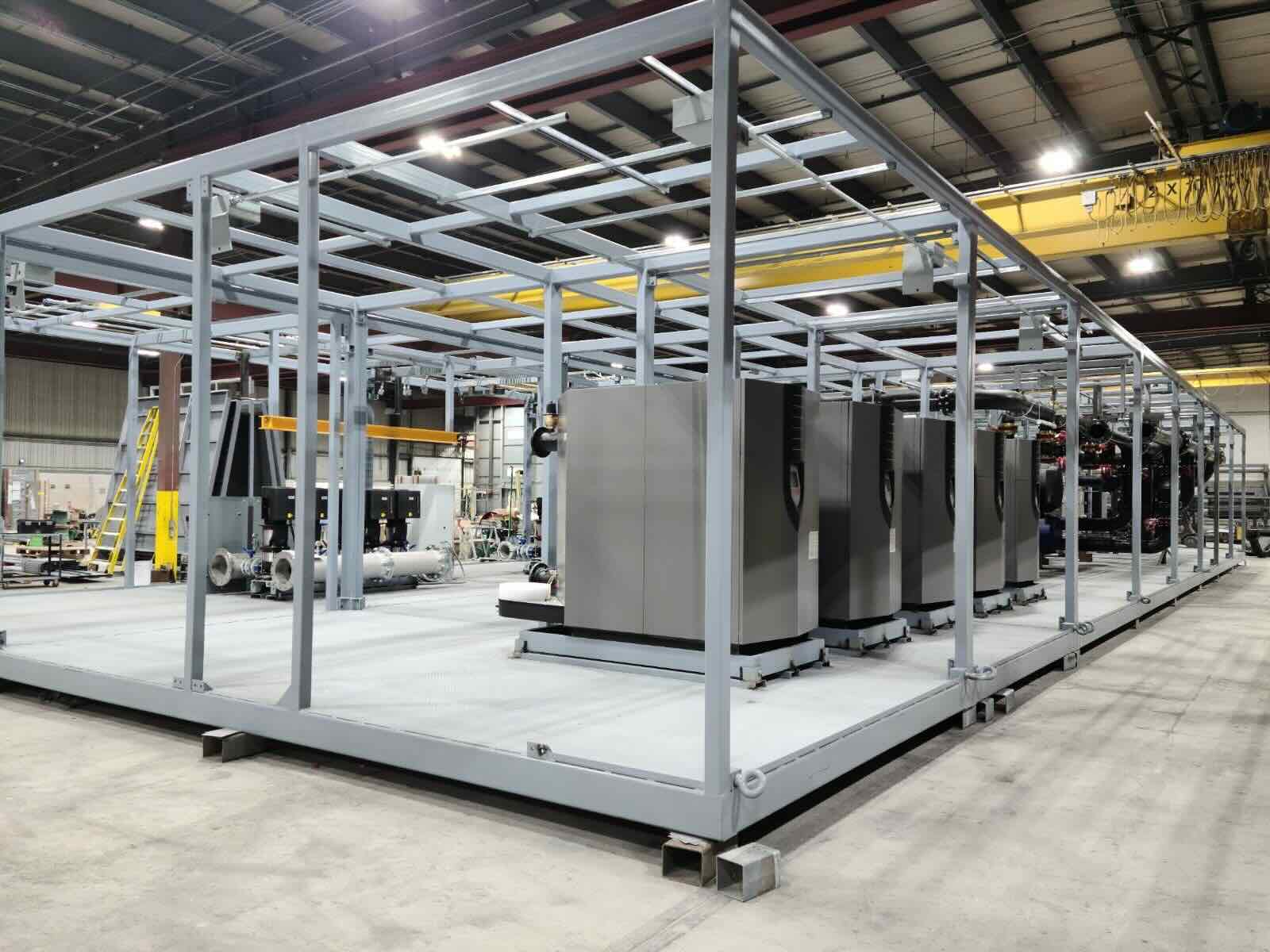

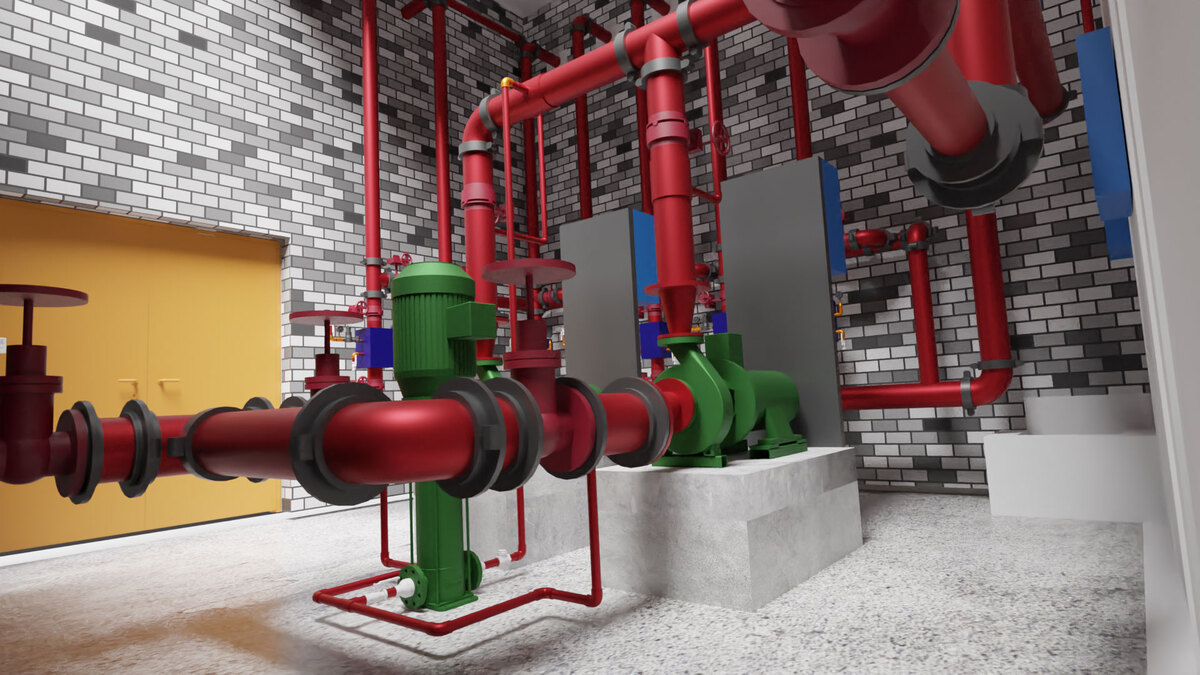

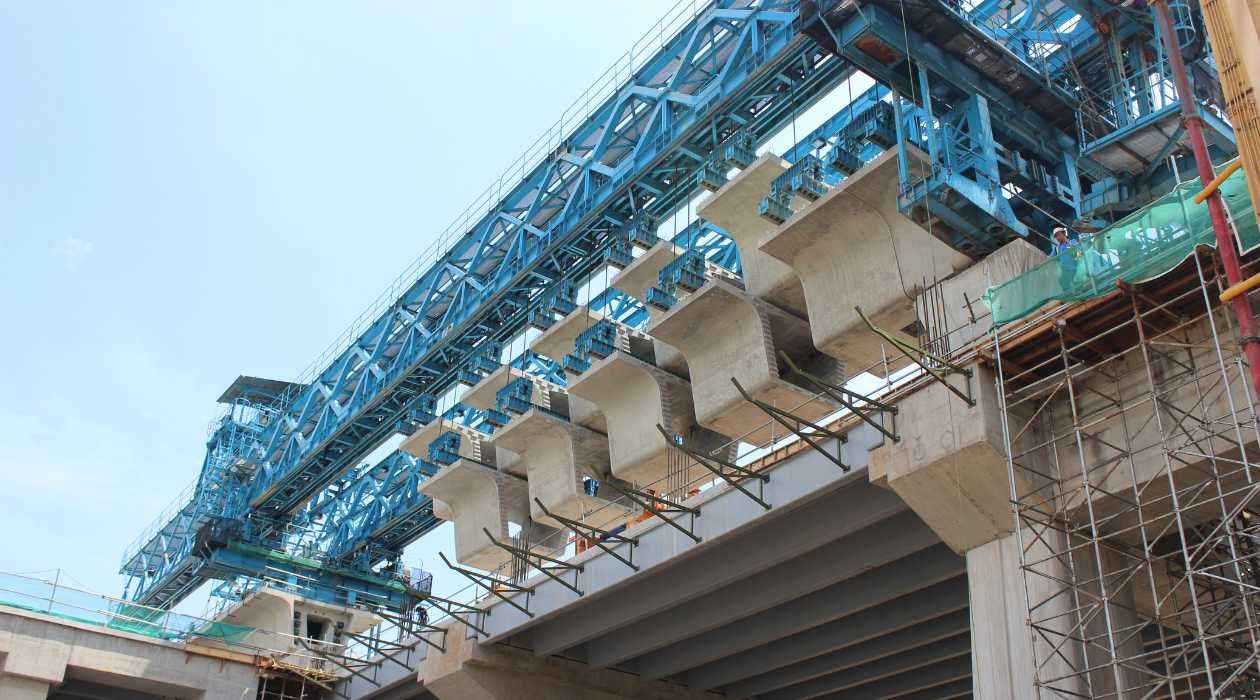

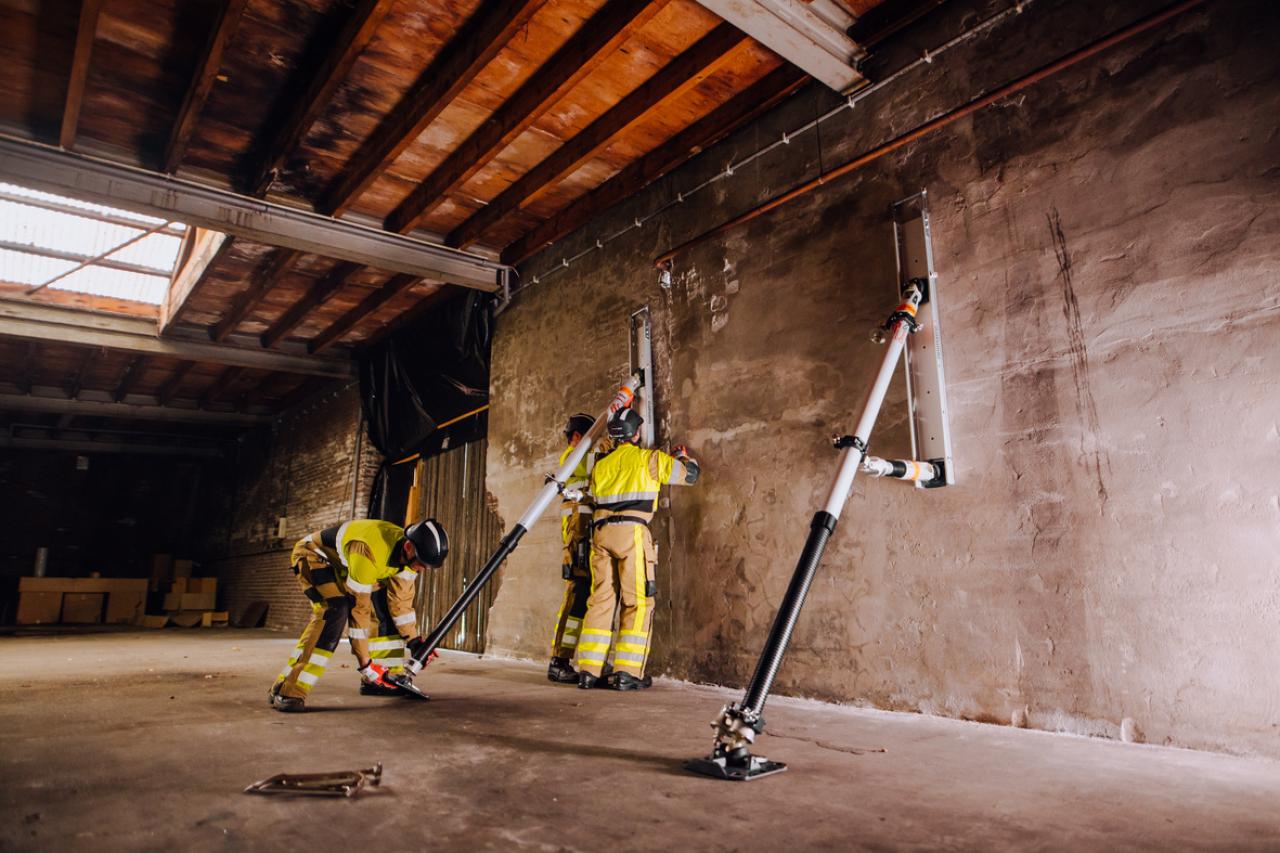



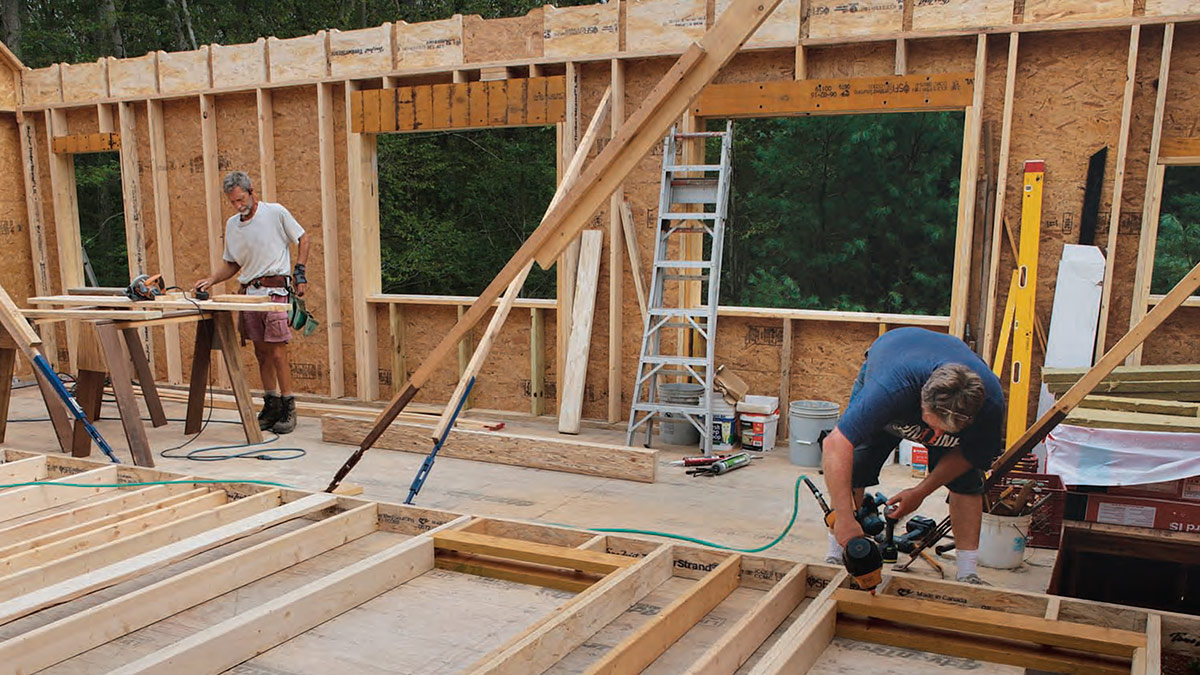
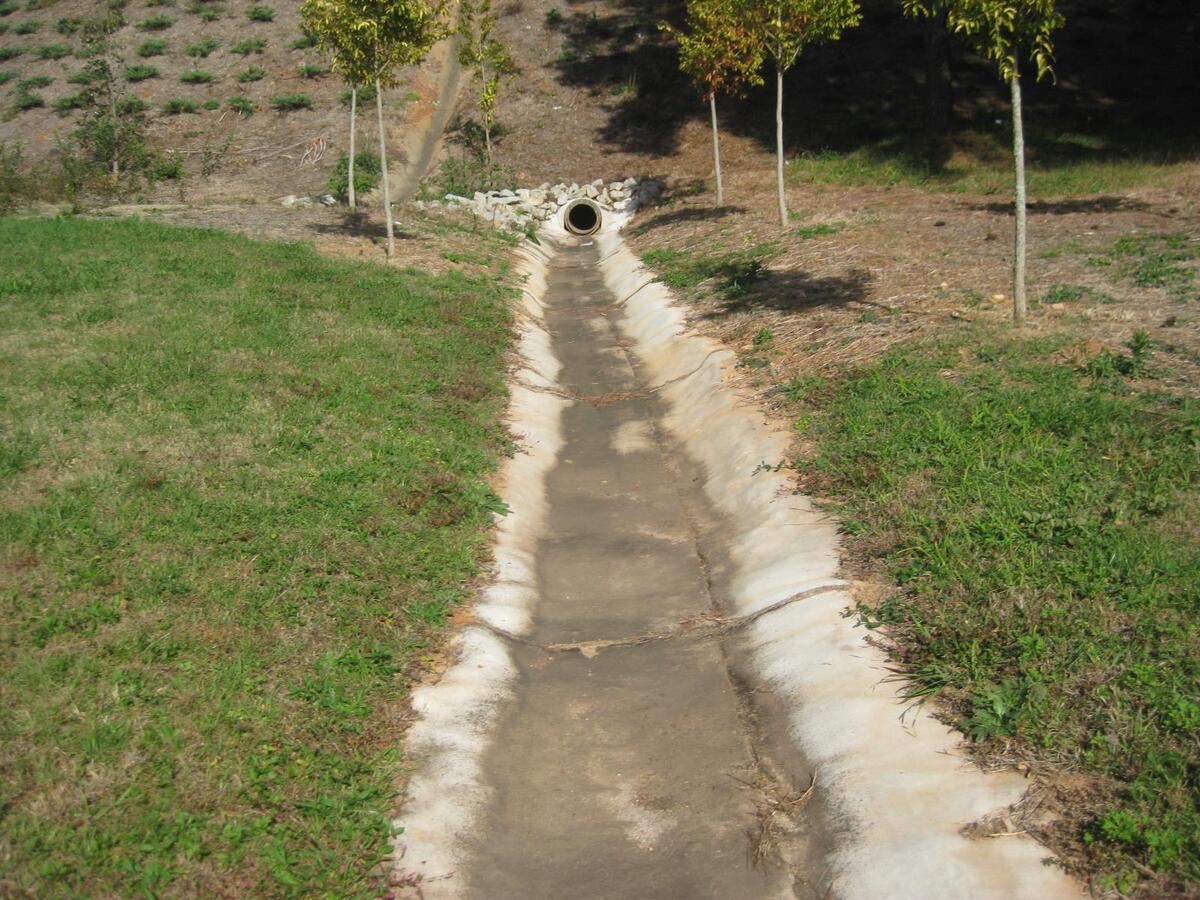
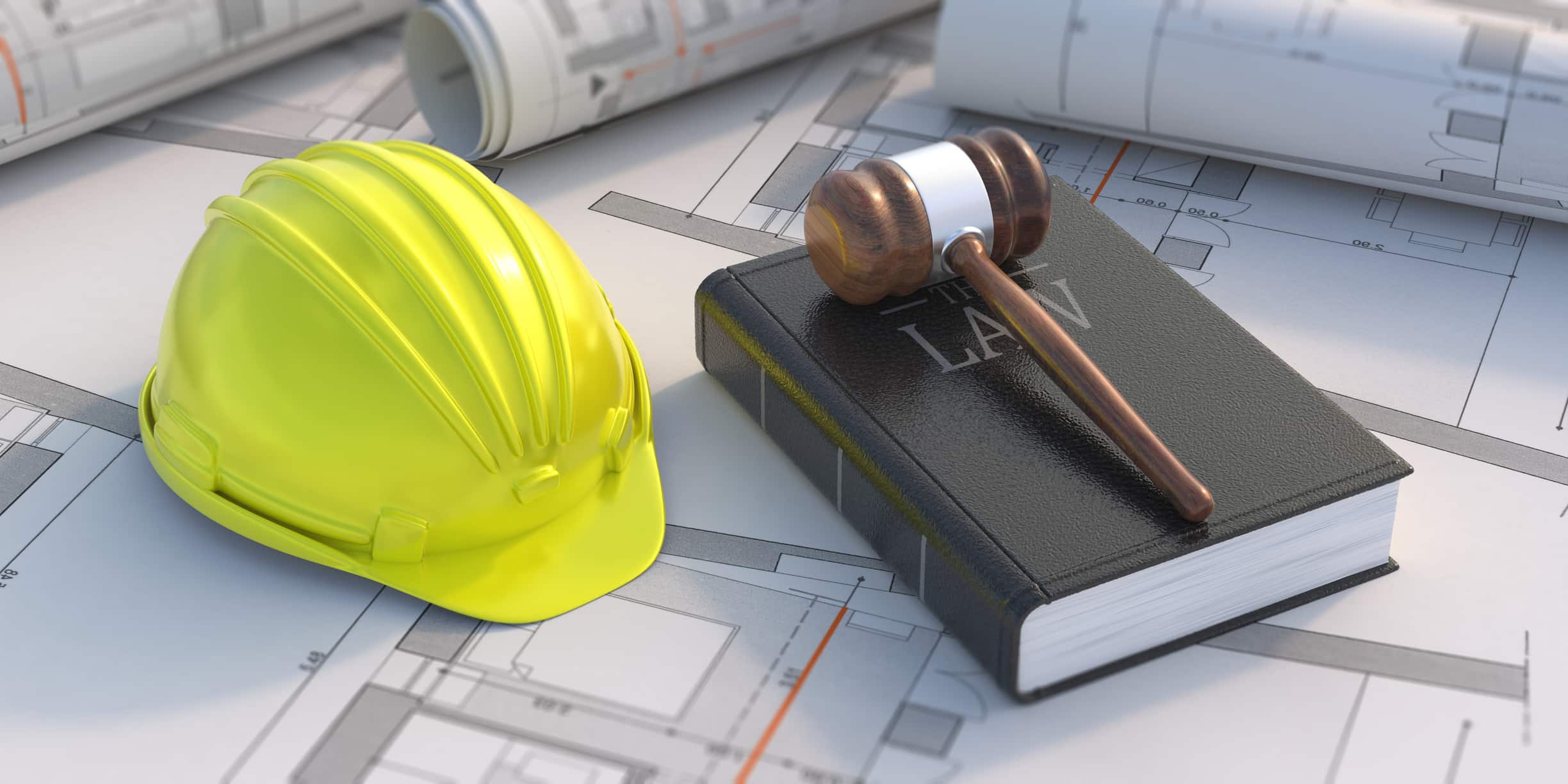

0 thoughts on “What Is Sitework In Construction”